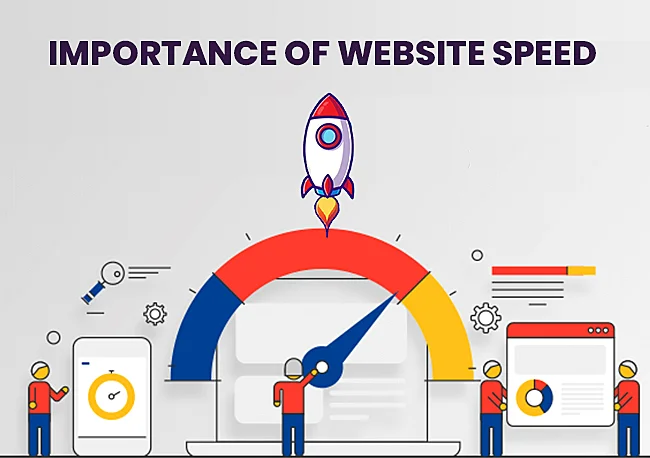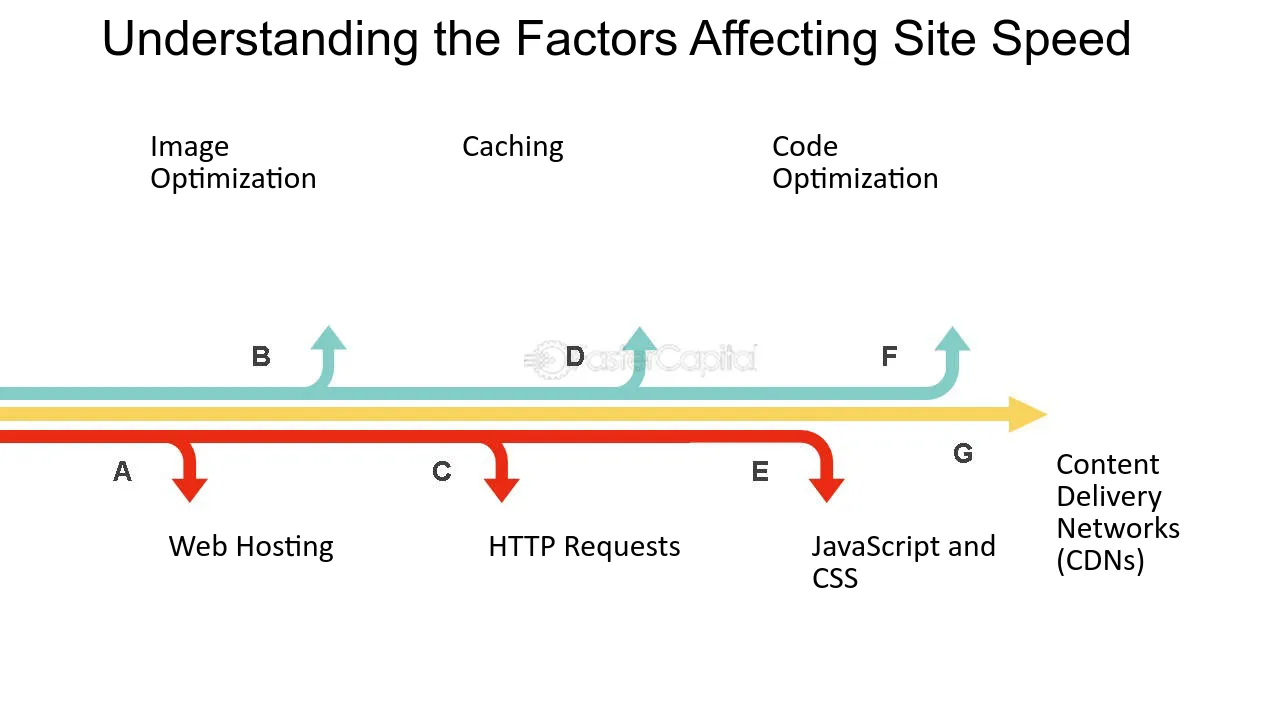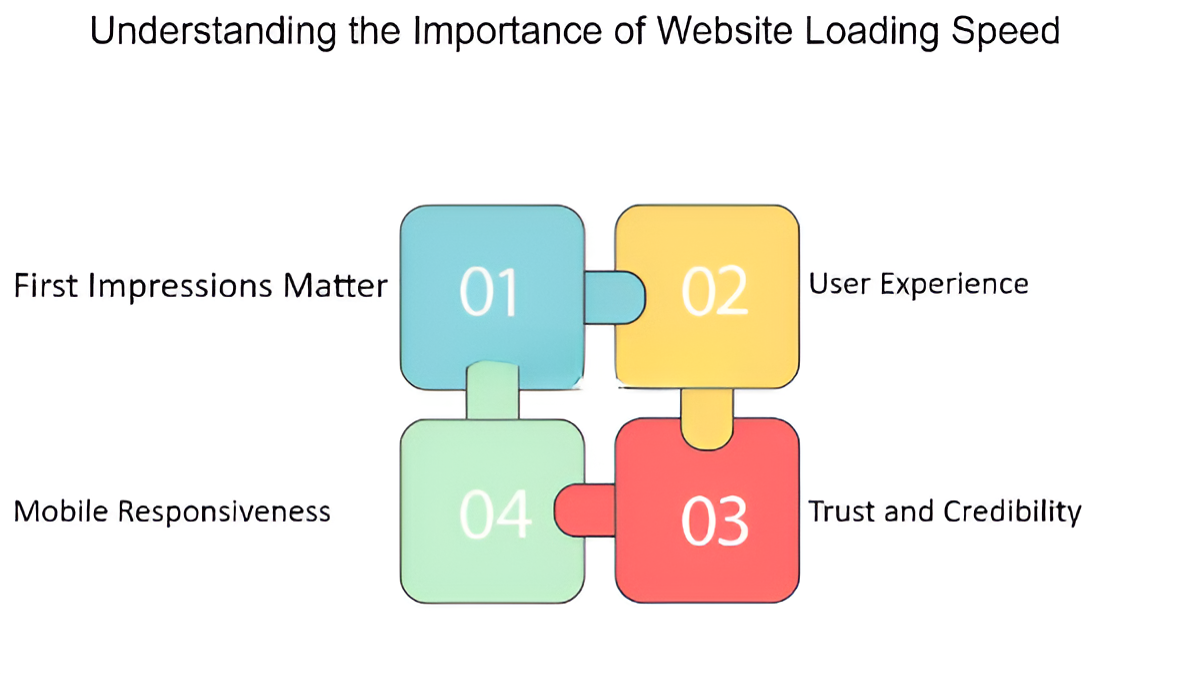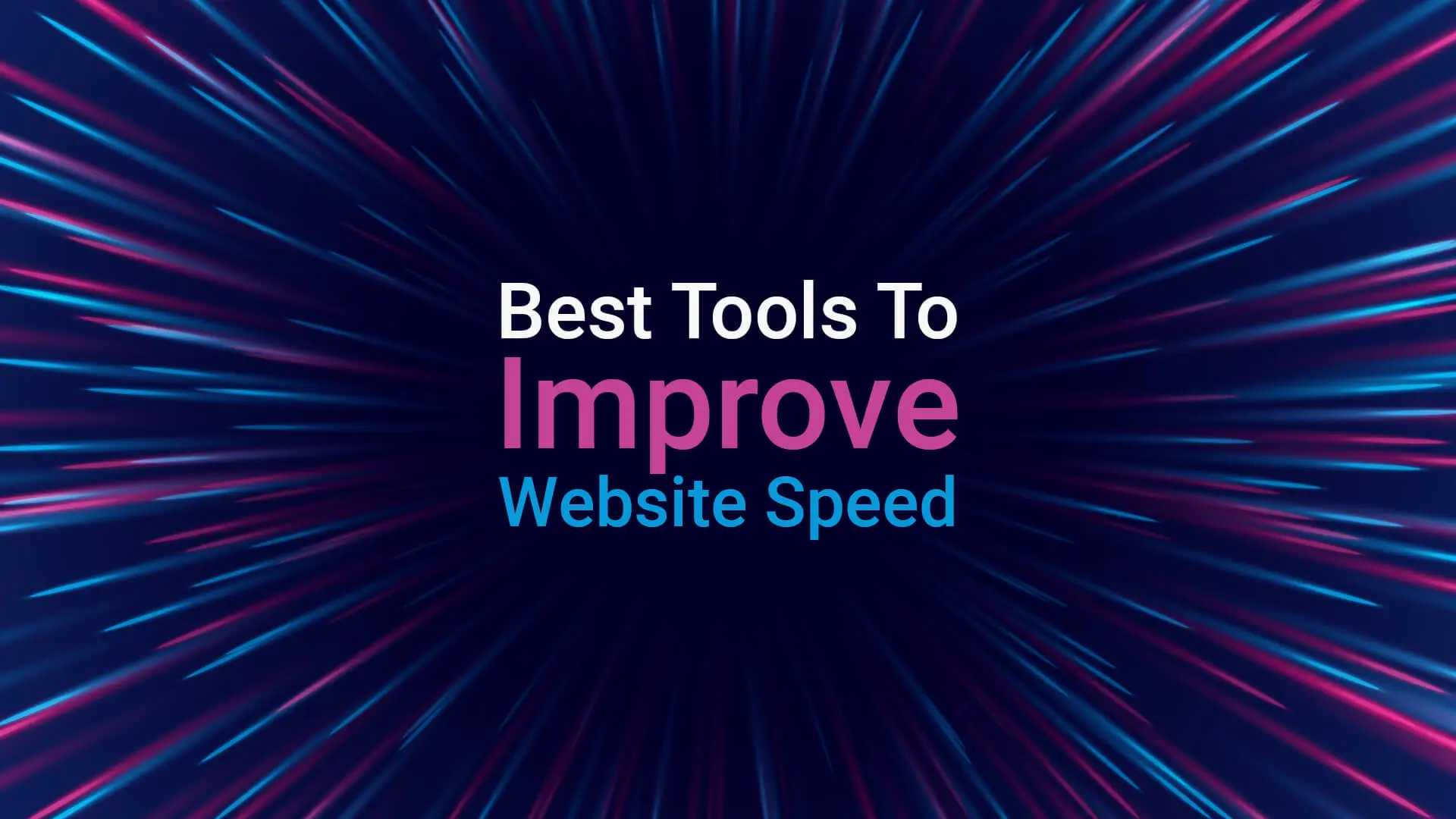Optimized website speed is critical for user experience, search engine ranking, and overall online success. Fast-loading websites not only enhance user satisfaction but also improve conversion rates and reduce bounce rates. Here’s an in-depth look at how to achieve optimized website speed:

1. Understanding the Importance of Website Speed
- User Experience: Slow websites frustrate users, leading to higher bounce rates. Studies show that even a one-second delay in page load time can lead to a significant drop in user engagement.
- SEO: Search engines like Google use site speed as a ranking factor. Faster websites are more likely to appear higher in search results.
- Conversions: Speed impacts conversion rates directly. Faster sites tend to have higher conversion rates, meaning more leads and sales.

2. Key Factors Affecting Website Speed
- Server Response Time: The time it takes for a server to respond to a request. Optimized server configurations and choosing the right hosting provider can reduce this time.
- Page Size: Large pages with heavy images, videos, and other resources can slow down load times. Optimizing these assets is crucial.
- Code Efficiency: Clean, efficient code loads faster. Minifying CSS, JavaScript, and HTML can reduce the load time.
- Caching: Effective caching strategies can significantly speed up repeated visits to a site by storing copies of files locally in the user’s browser.
- Content Delivery Network (CDN): A CDN distributes content across multiple servers worldwide, ensuring faster delivery by serving content from the nearest server to the user.

3. Strategies to Optimize Website Speed
- Image Optimization: Use appropriate image formats (like WebP for web images), compress images without losing quality, and use responsive images to ensure they load correctly on different devices.
- Minify and Compress Files: Minify CSS, JavaScript, and HTML to remove unnecessary characters. Use Gzip compression to reduce the size of the files sent from the server to the browser.
- Enable Browser Caching: Set up browser caching so that repeat visitors can load your website faster by reusing previously loaded resources.
- Reduce Redirects: Each redirect creates additional HTTP requests and adds latency. Minimize the use of redirects to improve load times.
- Asynchronous Loading of CSS and JavaScript: Load CSS and JavaScript files asynchronously to prevent them from blocking the rendering of the page.
- Optimize Web Fonts: Use modern web fonts that are designed to load quickly and consider limiting the number of font variations used.
- Lazy Loading: Implement lazy loading for images and videos so that they only load when they are about to enter the viewport, reducing initial load time.

4. Tools for Measuring and Improving Website Speed
- Google Page Speed Insights: Provides detailed reports on the performance of a page on both mobile and desktop devices and offers suggestions for improvements.
- GT metrix: Analyzes the performance of web pages, providing insights and recommendations for optimization.
- Pingdom: Tests the load time of a website and provides a performance grade along with detailed insights.
- Web Page Test: Allows testing from multiple locations around the world and provides a detailed analysis of the load time, including waterfall charts.

5. Ongoing Monitoring and Maintenance
Optimizing website speed is not a one-time task. Continuous monitoring and maintenance are required to ensure the site remains fast as content and technology evolve. Regularly review performance metrics, update software and plugins, and stay informed about new optimization techniques and tools.
By focusing on these key aspects, website owners and developers can create a fast, responsive, and user-friendly experience that not only satisfies visitors but also meets the standards of search engines and drives business success.